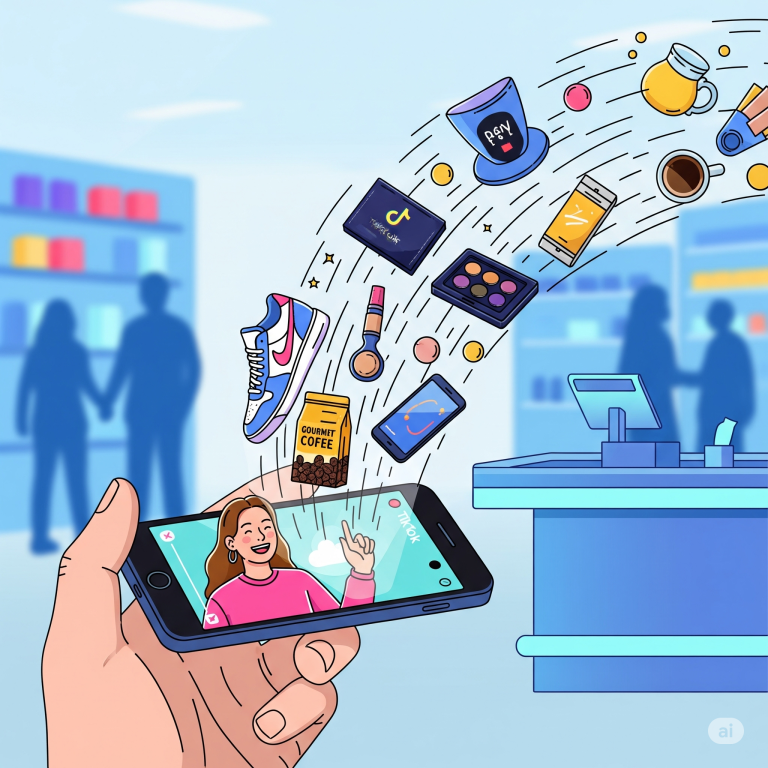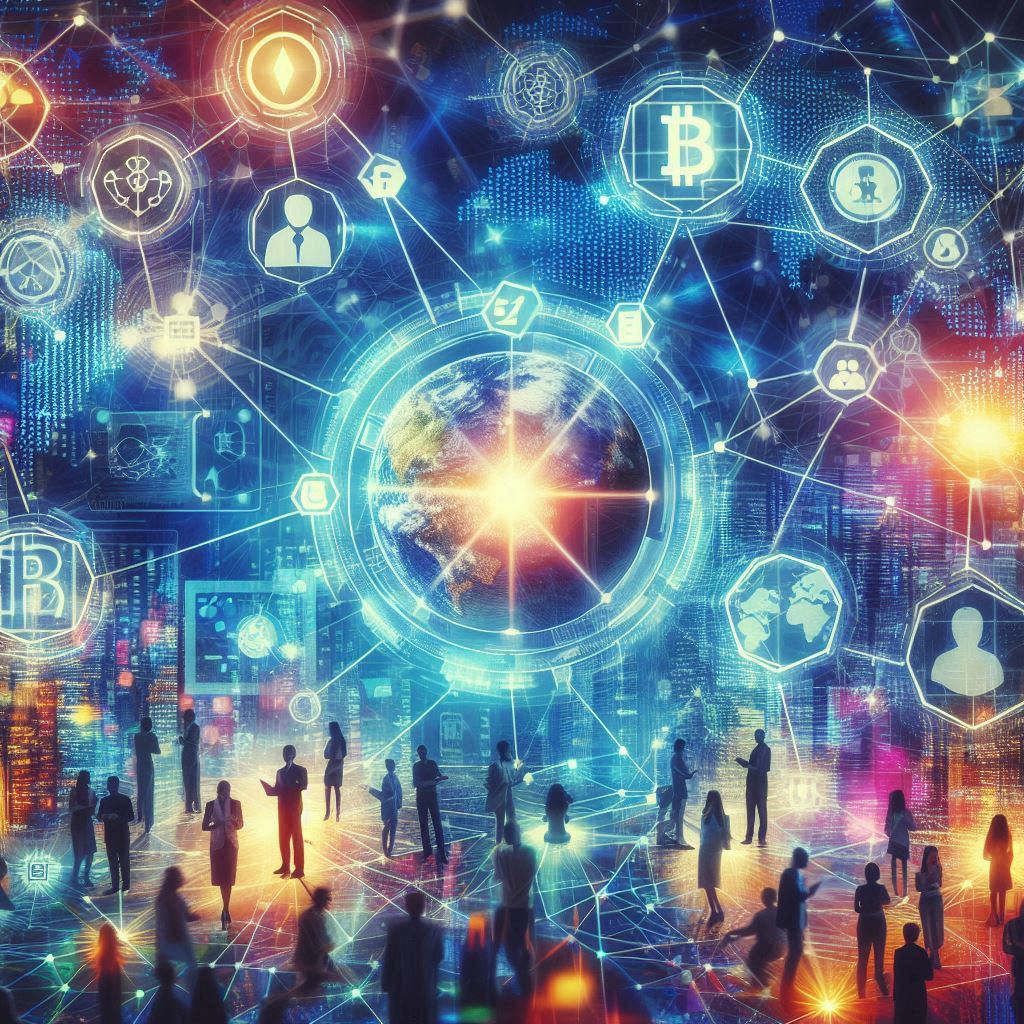
What’s All the Buzz About Web3 and Decentralization?
Web3 and decentralization have been hot topics lately, but what does it all really mean? At its core, Web3 is a new version of the internet where control isn’t in the hands of big corporations. Instead, it’s decentralized, meaning it’s powered by blockchain technology and run by many independent users, not just a few companies.
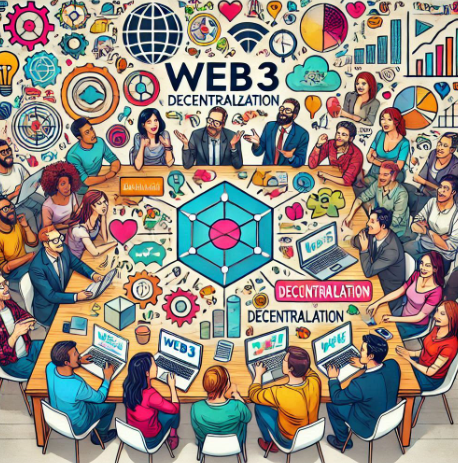
This shift aims to give people more control over their data, privacy, and online interactions. For example, instead of using Facebook or Google to store your information, you could use decentralized apps (dApps) that put you in charge.
The idea behind decentralization is to make the internet fairer and less vulnerable to censorship or manipulation. However, it’s still early days, and while the potential is huge, it’s unclear if Web3 will live up to all the hype. Some challenges like speed, usability, and security still need to be solved before it can go mainstream.
How Web3 is Changing the Way We Use the Internet
Web3 is a new version of the internet that promises to give us more control over our online lives. Unlike the current internet, where big companies like Google and Facebook hold most of the power, Web3 aims to decentralize things. This means no single company controls everything. Instead, the internet is built on blockchain technology, which lets people interact with each other directly, without needing a middleman.
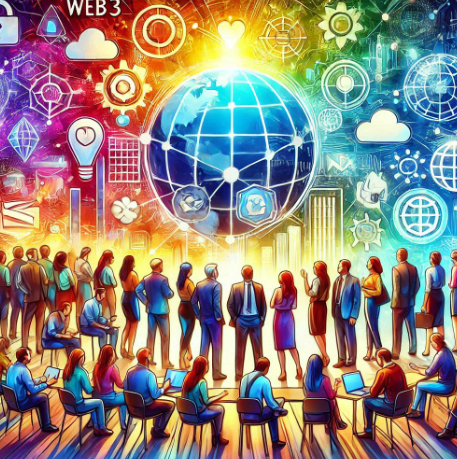
For example, in Web3, you could own your own data and decide who gets access to it. You could also use apps and websites that aren’t controlled by big corporations, making the internet more private and secure. Another key feature is using cryptocurrencies, like Bitcoin or Ethereum, to pay for things online without relying on traditional banks. In short, Web3 could make the internet more open, transparent, and user-focused, changing how we browse, shop, and communicate online.
Is Web3 Really as Game-Changing as People Said?
Web3 was once seen as the future of the internet, promising a new world where control isn’t in the hands of big corporations but instead in the hands of users. But in 2025, we’re still asking: Is Web3 really as game-changing as people said it would be? While it does offer some exciting possibilities, like giving users more privacy and control over their data, it’s still a long way from replacing traditional platforms.

Many Web3 projects are struggling with issues like slow speeds, high costs, and complex technology that can be hard for the average person to understand. The promise of a decentralized internet is appealing, but for it to truly live up to the hype, these challenges need to be addressed. As Web3 evolves, we’ll likely see more improvements, but for now, it’s clear that it still has a long journey ahead to becoming the internet of the future.
The Pros and Cons of a Decentralized Internet
The idea of a decentralized internet, like what Web3 promises, comes with both exciting benefits and some challenges.
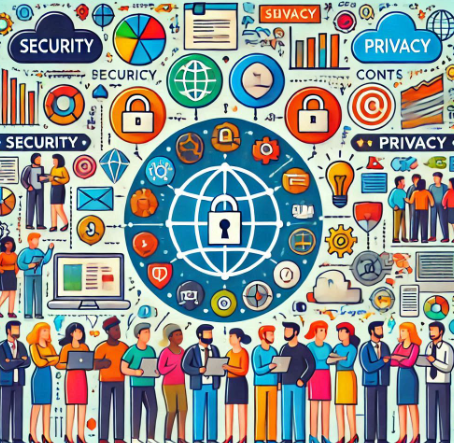
Pros: With decentralization, control shifts from big corporations to users. This means more privacy and less reliance on tech giants who track our data. It also allows for more secure transactions and reduces the risk of a single point of failure. Users can directly own and control their data, making it more democratic.
Cons: However, decentralization isn’t perfect. Without central control, it might be harder to solve issues like fraud or illegal content online. Plus, decentralized systems can be slower or more complex to use, as they don’t have the streamlined control that centralized platforms offer. There’s also the concern that not everyone will have equal access to the technology required for Web3, which could deepen the digital divide.
So, while decentralization holds promise, it’s still a work in progress that comes with both ups and downs.
What Does Web3 Mean for Your Online Privacy?
Web3 promises to change the way we use the internet, especially when it comes to privacy. Unlike the current web, where big companies collect and control our data, Web3 aims to give you more control over your personal information. With decentralization, your data isn’t stored on a single server owned by one company. Instead, it’s spread across many nodes, which means no one has complete control over it. This makes it harder for hackers and third parties to access your information without permission.

Additionally, Web3 uses blockchain technology to create secure, transparent systems where you can choose what data you share and with whom. It could reduce the need for passwords and usernames by letting you log in through secure digital wallets. While Web3 offers big privacy promises, there are still challenges to overcome, such as making sure all the technology works seamlessly and keeping users safe from new threats.
Is Web3 Ready to Replace Big Tech?
Web3 has promised to disrupt the way we interact with the internet, offering a decentralized alternative to the big tech companies that control most of our online lives today. In theory, Web3 allows for more privacy, control, and freedom, cutting out the middleman and giving power back to users. But is it ready to replace the giants like Google, Facebook, or Amazon?
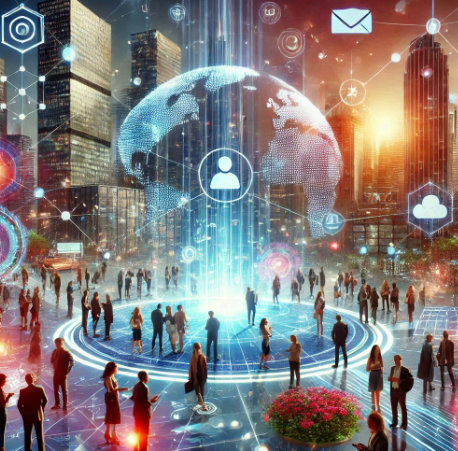
While Web3 has made impressive strides, it’s still in its early stages. The technology is not yet as user-friendly or as widely adopted as traditional platforms. Many people are still unfamiliar with blockchain or struggle with using decentralized apps (dApps). Plus, scalability and security remain major challenges. Big tech companies have massive resources and infrastructure, making it hard for Web3 to truly compete right now. But over time, as the technology matures, Web3 might just provide a worthy alternative to the centralized systems we know today.
Can Decentralization Make the Internet Safer and Fairer?
Decentralization has the potential to make the internet safer and fairer by taking control away from big companies and giving it back to users. In a decentralized system, there’s no central authority that can easily control or exploit your data. Instead, information is shared across a network of peers, making it harder for hackers or malicious actors to access or manipulate.
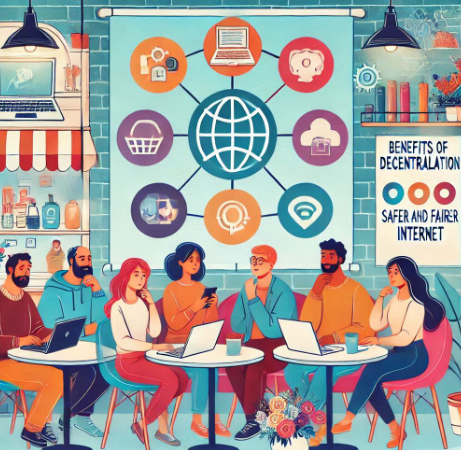
This could lead to greater privacy since you wouldn’t have to rely on big companies to store and manage your personal data. Users could have more control over who sees their information and how it’s used. Plus, decentralization could reduce the power of large corporations that currently dominate the internet, making things more equal and accessible for everyone.
However, while the idea sounds great, it’s not without challenges. For decentralization to truly make the internet safer and fairer, it needs to be widely adopted and properly implemented, which could take time.
What to Expect from Web3: A Closer Look at 2025
In 2025, Web3 is expected to take a huge leap forward. Unlike the traditional web, Web3 focuses on decentralization, meaning control is taken away from big companies and given back to individuals. This shift could change how we interact online, allowing users to own their data, assets, and even digital identities. We may see more decentralized apps (dApps) that don’t rely on a central authority, offering services that are transparent and secure.
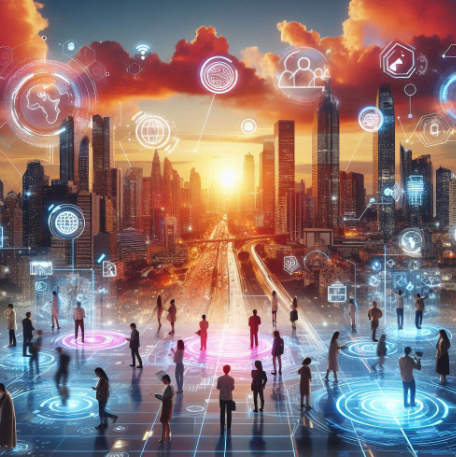
In 2025, expect improvements in blockchain technology, making transactions faster, cheaper, and more reliable. This could lead to new ways of doing business, from finance (with cryptocurrency) to art (through NFTs). However, the technology is still growing, and challenges like scalability and security need to be solved before Web3 can become fully mainstream. While it might not replace the traditional web just yet, 2025 could be the year we see Web3’s potential unfold in exciting ways.
Why Web3 Might Be the Future – But Not Yet
Web3 has been getting a lot of attention, with many believing it could be the future of the internet. The idea is simple: a decentralized web where users control their data, not big companies. In theory, Web3 could offer better privacy, security, and freedom. But even though the technology is growing, it’s not quite ready to take over just yet.
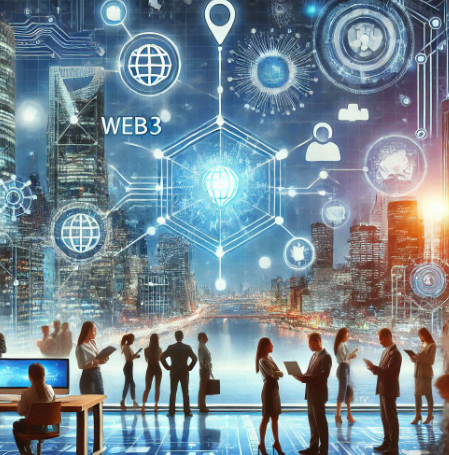
In 2025, Web3 is still in its early stages. While blockchain and cryptocurrencies are making waves, many parts of Web3 are still complex and hard to use for the average person. The platforms are often slow, expensive, and not fully scalable. For Web3 to truly replace the current internet, it needs to become faster, cheaper, and easier to navigate.
So, while Web3 shows a lot of promise, it still has a long way to go before it becomes the go-to solution for everyday internet use. The future is exciting, but the present still has some work to do.
How Web3 Will Change the Way We Work, Shop, and Play
In 2025, Web3 is set to make huge changes to how we work, shop, and play. In the workplace, decentralized platforms could replace traditional business models, giving people more control over their work and allowing for more flexible, peer-to-peer collaborations. Without middlemen, creators and freelancers can directly connect with clients, making transactions simpler and more transparent.
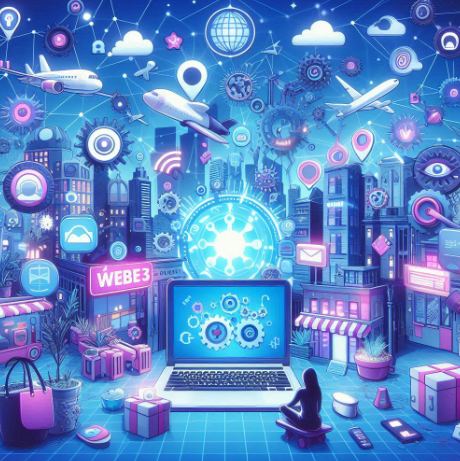
When it comes to shopping, Web3 is offering new ways to buy and sell products. Instead of relying on giant companies, Web3 allows for decentralized online marketplaces where users have more control over their data and transactions. This could lead to better privacy and lower costs.
For entertainment and gaming, Web3 is all about creating virtual worlds that are owned by the players. Through NFTs and blockchain, gamers could truly own in-game assets and even earn money. Web3 opens up a more interactive, personalized experience, letting people have a bigger say in how they enjoy their digital lives.

